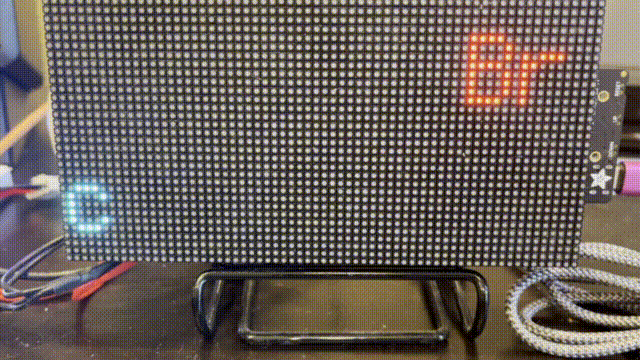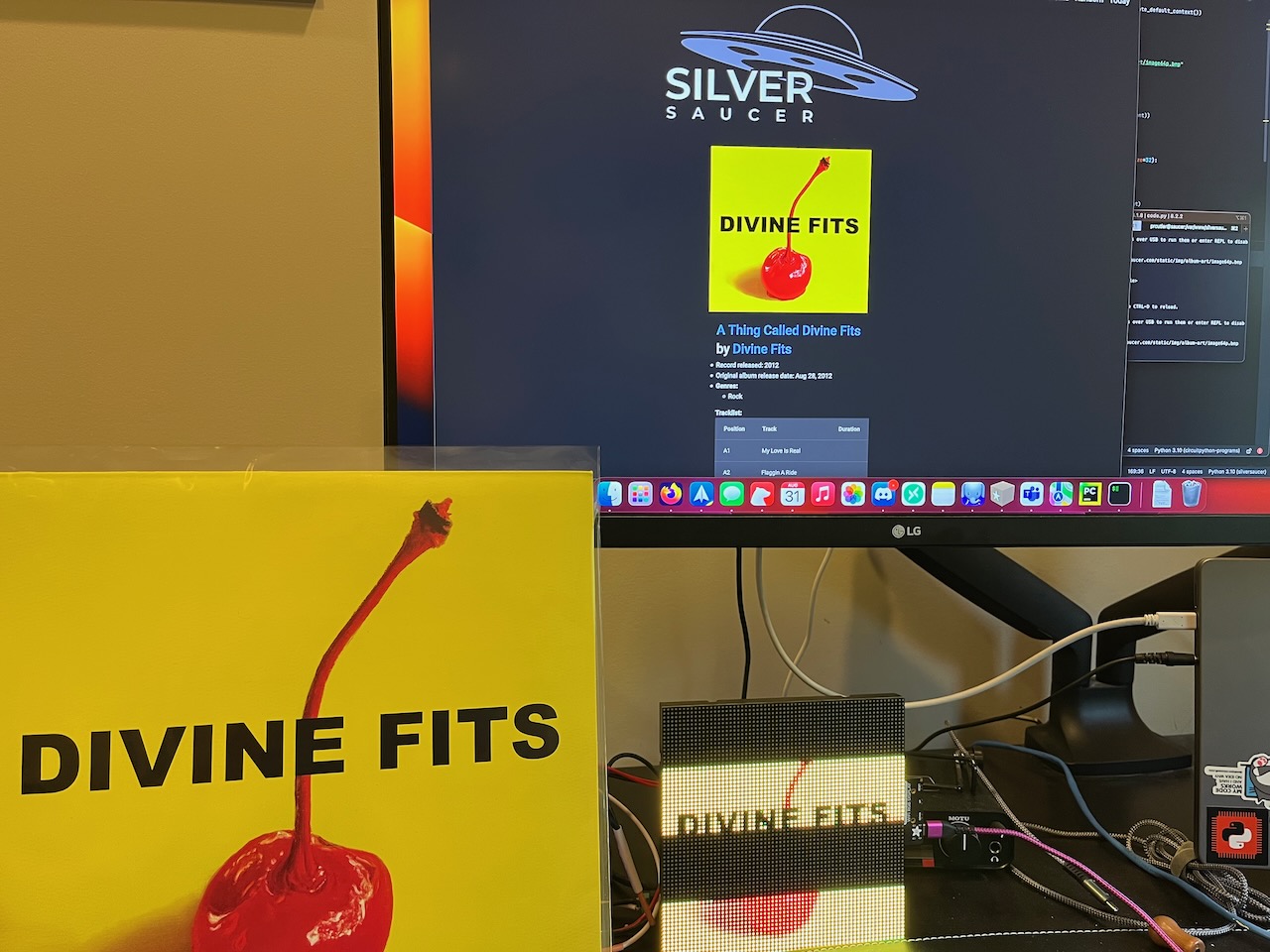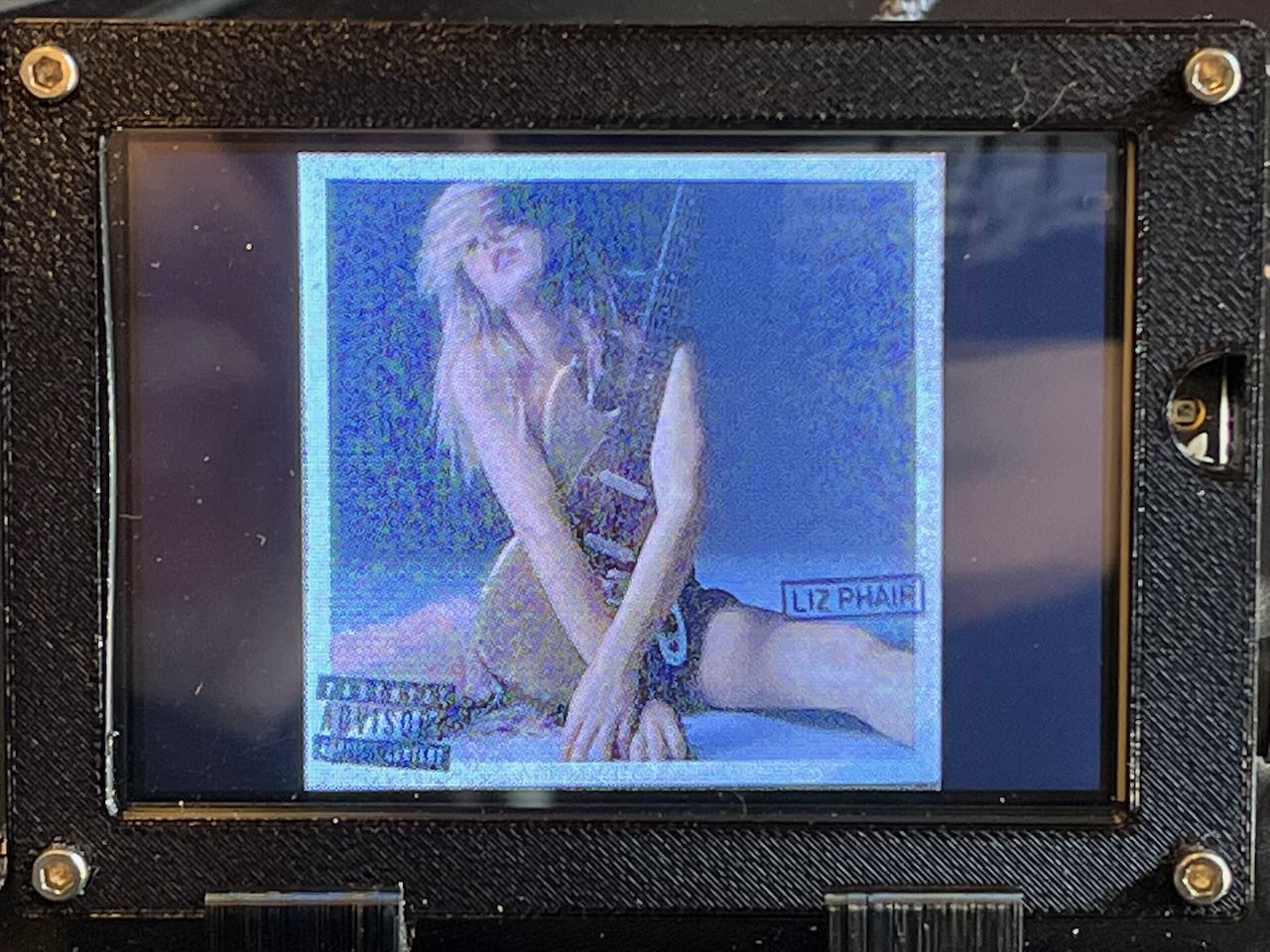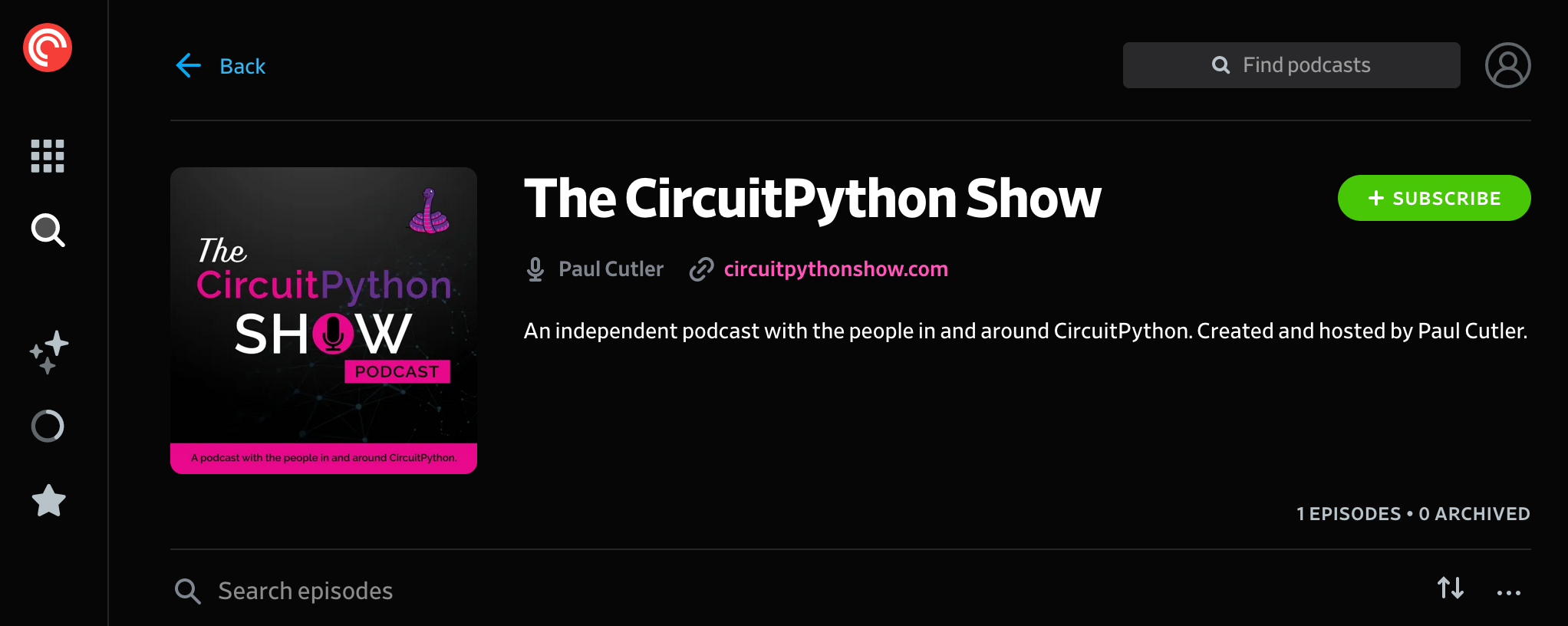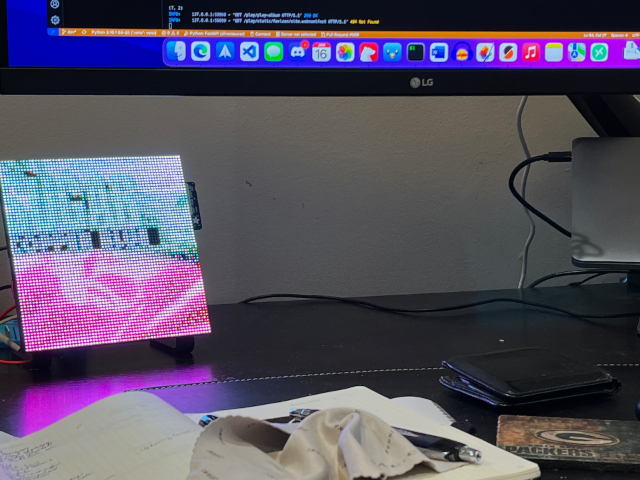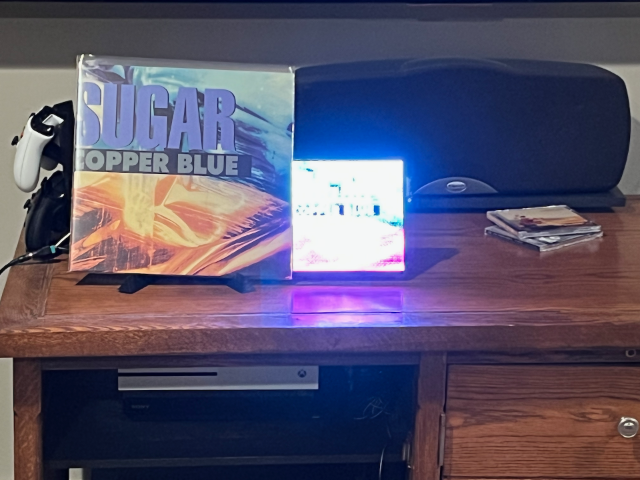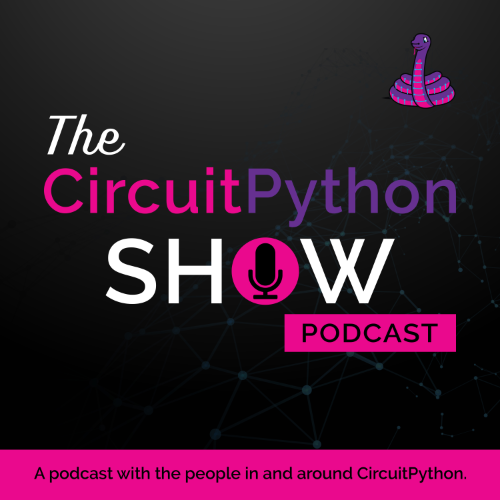Updating SongMatrix
One of my favorite CircuitPython projects I've done is SongMatrix. Using a microphone on a Raspberry Pi, it records the song playing in the background, uploads a sample to shazamio, uploads the song and artist to AdafruitIO via MQTT, and an S3 MatrixPortal listens for the MQTT update and displays it on an LED matrix.
I don't run it all the time, but I do like to use it when I'm listening to a new album to learn the song names. I know a lot of music and can sometimes tell you the name of the artist or the album within seconds of a song starting, but not so much the song title.
I'm using a 2.5mm pitch LED Matrix and I have not found a lot of 3D printed cases for either one or two LED matrices. That is, until a few months ago when I came across the Transit Tracker project from EastsideUrbanism.
It uses two LED matrices in a beautiful 3D printed cases that hold both of them and the S3 MatrixPortal and screws together. I printed it out months ago but couldn't get SongMatrix to work with 2 matrices.
In theory, I should be able to update the MatrixPortal library by changing:
matrix = Matrix(width=64, height=32, bit_depth=3) to matrix = Matrix(width=128, height=32, bit_depth=3)
But no joy. I started over with some simple test programs, and I could get a 128x32 matrix to work without a problem, but as soon as I tried in my original program it did not work.
Next I tried to replace the MatrixPortal library by using the pins directly. Success! But now it doesn't scroll across the matrix, it's just a static display. It turns out that using ScrollingLabel only scrolls when the character count is larger than the max_character when setting the text:
title_scroll = ScrollingLabel(
terminalio.FONT,
text=song_title_scroll,
max_characters=20,
color=0xff0000,
animate_time=0.3
)
To get it scrolling, I just did a len on the string returned from AdafruitIO and added a string of spaces to get over the 20 character limit to scroll it.
But the weirdest part? The original program scrolled the text with less than 10 characters. I tried to recreate it with a basic ScrollingLabel example, and of course I couldn't get it to work. Don't believe me? You can see the original scrolling the band Metric which shouldn't be scrolling on the project's GitHub page.
